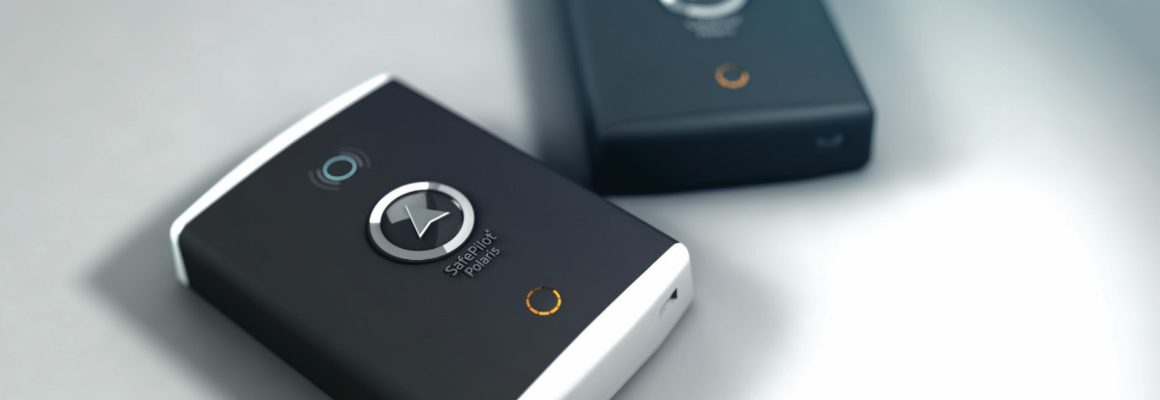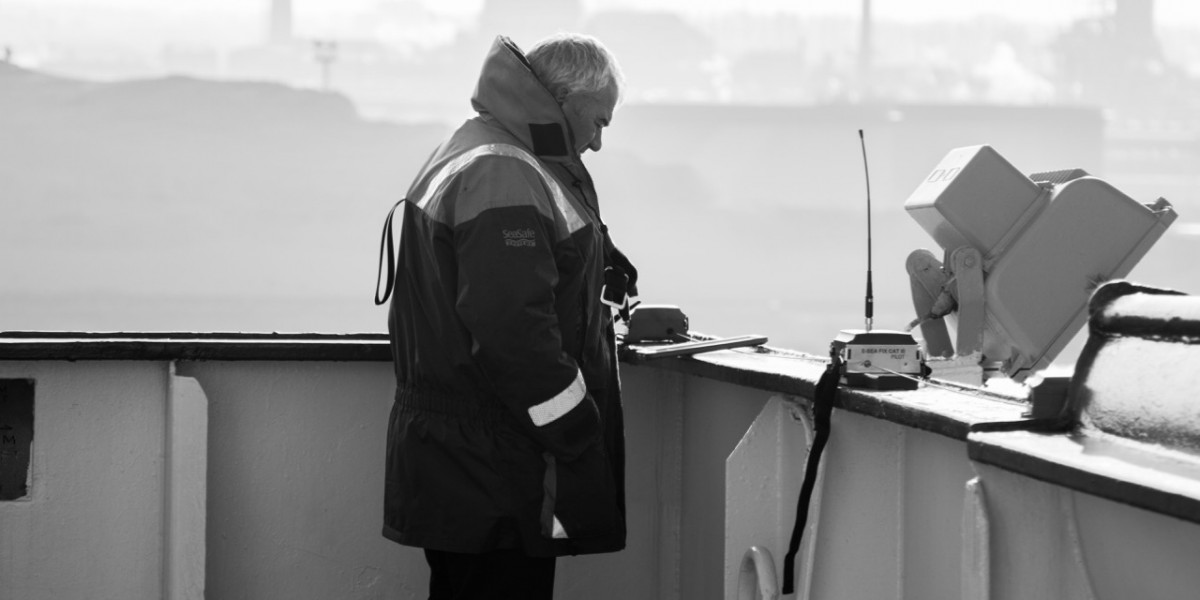A Portable Pilot Unit (PPU) can be generally described as a portable, computer-based system that a pilot brings onboard a vessel to use as a decision-support tool for navigating in confined waters. Interfaced to a positioning sensor such as GPS/DGPS and using some form of electronic chart display, it shows the vessel’s position/movement in real-time. In addition, PPUs provide information about the location/movement of other vessels via an AIS interface. Increasingly, PPUs are being used to display other types of navigation-related information such as soundings/depth contours from recent hydro surveys, dynamic water levels, current flow and security zones (no go areas).
[/vc_column_text]
Ship handling replay of Capesize vessel with CAT III monitoring
With these advantages, Dunkirk pilots are individually equipped with these units on a media type ipad, each of these tablets is equipped with manufacturer Marimatech Safepilot software world reference in dynamic positioning equipment.
Pilot station also has 4 sets of beacons like CAT ROT & CAT I precision allowing the speed of one centimeter per second and a DGPS positioning accuracy of less than 80 centimeters.

CAT ROT
The E-Sea Fix CAT ROT is a small and compact pilot unit de- signed for the professional pilot.
The advantage of using the AIS pilot plug as data source is the limited size, weight and cost of the system the pilot has to bring.
The data provided over the AIS pilot plug is however compro- mised to a degree where essential data as real time rate of turn (ROT) and reliable prediction are not available.
The CAT ROT unit is however much more than just a pilot plug repeater.
The CAT ROT improves the heading resolution and measures a reliable real time ROT making the Pilot Plug a suitable data source for pilot systems.
This is obtained via an integrated rate-sensor, micro proces- sor and intelligent kalman filtering. The result is an added decimal degree to the heading resolution and a real time, reliable ROT making smooth
Projections of the vessels predicted path with current motion dynamics a reality.
Data is transmitted via Wi-Fi to the pilot tablet / Notebook
CAT I
For operations requiring a good quality positioning and speed measurements the standard pilot plug data can be compro- mised due to the resolution and more important the accuracy of the entered antenna offsets in the AIS. To eliminate this risk the CAT ROT unit can a be used in combination with a separate good quality positioning unit – the CAT I.
The CAT I is a stand-alone high accuracy GPS receiver with the capability of GPS/GLONASS and available SBAS systems such as EGNOS, WAAS, MSAS, GAGAN etc.
CAT ROT / CAT I combination provides:
|
CAT ROT: |
– Heading with decimal degrees – ROT < 0,5 deg – AIS targets |
|
CAT I : |
– Speed 1cm/sec (RMS) – Position (GPS/GLONASS/SBAS) acc.< 0.8 m (RMS) |
CAT III
We also have a beacon type E FIX-SEA CAT III (L1 / L2) RTK GNSS (GPS + GLONASS + Gailileo).
To ensure the operation of very large ships in the port of Dunkerque, such as Capesize vessels crossing the Charles de Gaulle Lock, the ship handling of Ultra large containers ships ULCS of 400 meters in the West port and the Qflex type and Qmax LNG vessels entering the Dunkerque LNG terminal in Le clipon area.
For the very high end piloting applications demanding centimeter accuracy as well as heave, pitch and roll monitoring, MARIMATECH offers the E-Sea Fix CAT III units. This is particularly important for sensitive operations such as LNG operations, side-by-side berthings off shore, challenging locks, etc.
The E-Sea CAT III unit is based on a thought through and well proven design ensuring extreme robustness, accuracy and reliability required for such operations.
The CAT III features:
- The CAT III is completely independent of the ship’s sensors.
- Integrated all-in-one unit ensuring exceptional reliability
- Minimal set-up time
- Extreme position accuracy – less than 2 cm RMS.
- Extreme heading precision 0.01 deg
- Low weight
- Kalman filtering in the unit eliminates errors caused by WIFI package transfer
- Heave, pitch and roll monitoring and logging (optional)
- Automatic base line calculation
- Flexible software choice, but we deliver dedicated pilot software for multiple platforms, including the iPad.
- Custom charts as required
- Large range of options for data integration 1via base station or internet (wind, current, tide, chart server, VTS as well as tug position, aspect, RPM, hawser load etc.)
- Easily portable in a padded back pack or hard case.
- GPS and Glonass L1/L2 RTK and prepared for Galileo.



